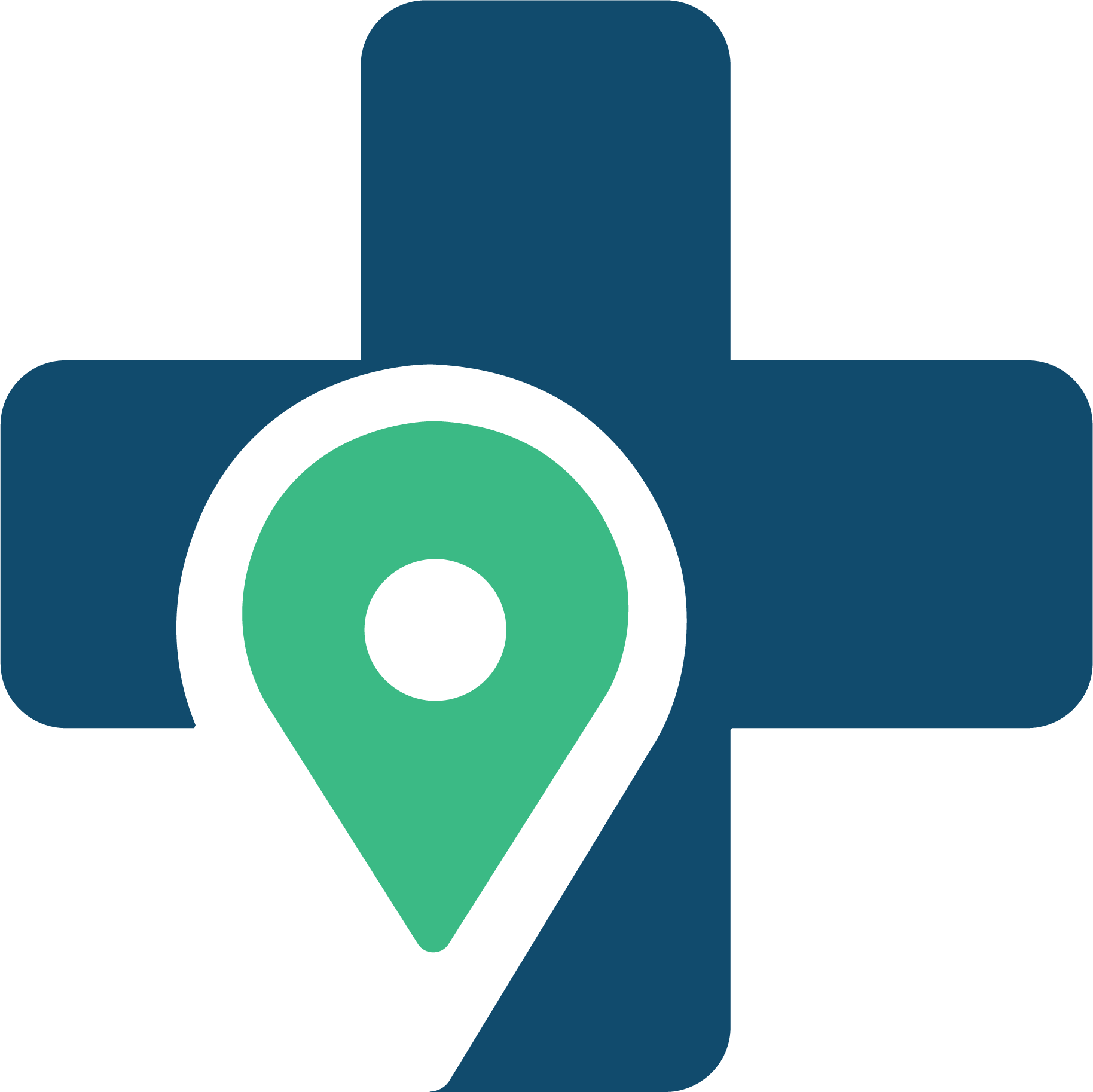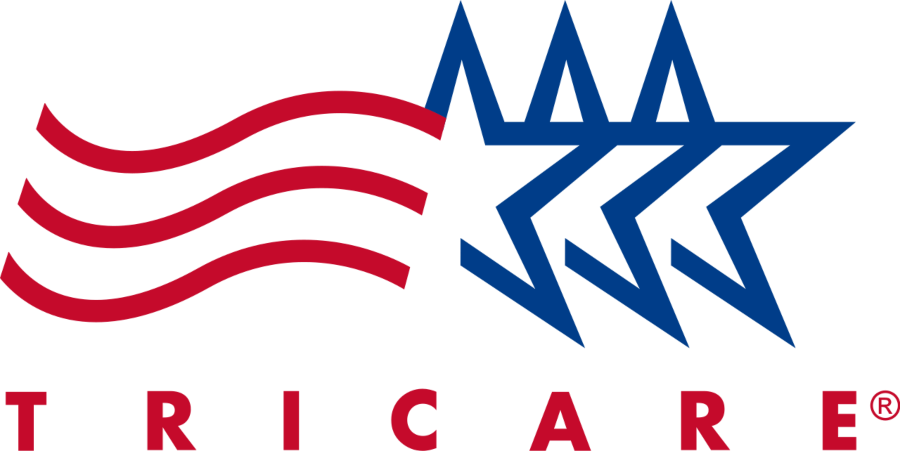What are Opioids
Opioids are controlled substances used to treat pain that require a doctor’s prescription. These prescription pain medications are prescribed to patients to treat acute and chronic pain.
Effects of Opioids
Opioids stimulate the opioid receptors in the brain, releasing endorphins. The release of these feel-good neurotransmitters produces euphoria in addition to pain relief. This leads many to abuse the drug to chase the effects when they start to wear off.
Dependence quickly forms as the brain loses its ability to feel good on its own without the drug. The brain also builds a tolerance to the drug, requiring higher doses to achieve the same effects as before. When misused, opioid pain relievers often lead to addiction and potentially deadly overdose.
Opioid Addiction
It is impossible to predict who is particularly vulnerable to opioid dependence. However, the length of time taking the drug and the person’s genetic disposition are the most significant risk factors. According to the CDC, one in four receiving opioid therapy from their doctors will develop a substance use disorder.
As the body builds a physical dependence on the drug, tolerance also builds that will lessen the drug’s effects over time. Those taking the drug will be inclined to take more than they should to achieve the effects they now need. This increase of the dosage beyond what is recommended or prescribed due to their dependence is addiction.
Opioid addiction is a disease that will take over a user’s life and will start as compulsive substance-seeking. Addicts will progressively need more and more opioids and be increasingly unable to control or quit their use. According to the National Institute on Drug Abuse (NIDA), when opioid-seeking begins to fail, users often turn to heroin.
Common Opioids
Codeine
Codeine is a prescription and over-the-counter medicine for coughs. Often underestimated, codeine regularly serves as a gateway drug to more dangerous opioids such as morphine or oxycodone. Also known as Sizzurp and Lean.
Demerol
Demerol is a highly potent, prescription opioid that is rarely prescribed outside of intensive hospital care. Rates of its use are on the rise, with similar “dreamlike” effects as other opioids like morphine when abused.
Dilaudid
Powerful, Dilaudid is only prescribed to cancerous or seriously injured patients. Abused for its euphoric effects, Dilaudid comes with an often fatally high risk of overdose. It is often called hospital-grade heroin.
Fentanyl
Primarily used to treat pain after surgery, Fentanyl is 100 times stronger than morphine. Recreational use often involves combining with other opioids or heroin, increasing the potential for fatal overdoses.
Hydrocodone
Hydrocodone is prescribed to treat pain, usually after oral surgery. However, it is often illegally used long-after the prescription period ends, leading to a substance use disorder.
Methadone
Methadone is used in treating heroin addictions; however, it should only be taken under careful medical supervision. Despite the intended legal use, methadone is still a highly addictive opioid.
Morphine
Morphine is primarily administered to hospital patients recovering from surgery or with cancer. However, it is also often abused for its “dreamlike” effects and is highly addictive and dangerous.
Oxycodone
A powerful painkiller, oxycodone is one of the most abused prescription medications in the United States. Addiction commonly begins in those taking their regularly prescribed dose. Once tolerance establishes, oxycodone addictions are often all-consuming.
Propoxyphene
Usually known as Darvon or Darvocet, Propoxyphene was prescribed for moderate pain relief. The FDA has since banned it for its lethal side effects. Users abuse propoxyphene for a rush of euphoria and sedation, with a high potential for fatal overdoses.
Tramadol
Tramadol is perceived as less addictive than other opioids. It is often prescribed by doctors to treat moderate pain from fibromyalgia or similar conditions. As with other opioid prescriptions, the risk of addiction is still high.
Opiates vs. Opioids
Opioids include all-natural, semisynthetic, and synthetic opioids.
Opiate Overdose
According to NIDA, overdose accounts for 60,000–70,000 deaths in the United States each year. This makes overdose the leading cause of accidental death in America. An overdose occurs from taking too much of an opioid or from combining it with a different substance. Opioid overdose causes the nervous system to shut down, which makes it regularly deadly.
Symptoms of overdose include:
- Loss of consciousness
- Shallow breathing
- Turning blue
- Not responding to stimuli
- Vomiting
Opioid Withdrawal
Detoxing from opiates is intense, dangerous, and painful. Medical detox is typically required and is the safest, most effective way to detox from opioids. Withdrawal symptoms will usually begin once opioid use stops and will include:
- Anxiety and Agitation
- Diarrhea and or Vomiting
- Insomnia
- Muscle spasms
- Abdominal pain
- High and Low blood pressures
- Tremors
Opioid Treatment
Opioid Detox
In all cases, detox in a medical facility is required to manage the dangerous withdrawal symptoms associated with opiate detox. Medication-assisted treatment (MAT) is the most recommended detox method due to increased safety and lower relapse rates. In MAT, doctors prescribe medications to help with opiate addiction withdrawal during and after the detoxification process. This helps mitigate patients’ withdrawal symptoms and cravings.
Clonidine
Often prescribed to ease the side effects of withdrawal, clonidine treats high blood pressure and reduces anxiety.
Methadone
Prescribed to wean patients gradually. By tapering down on the dose, the patient can detox with relative ease.
Buprenorphine
Also known as Suboxone or Subutex, Buprenorphine helps patients by decreasing withdrawal symptoms and curbing cravings.
Opioid Rehab
An inpatient rehab program is highly recommended after successful detox to ensure the lowest relapse risk. Inpatient rehab centers have specialized therapies for recovering opiate addicts that will teach the life-skill needed to live drug-free. Specific individual and group therapy options include cognitive-behavioral therapy, 12-step programs, and individual and group counseling.
These programs help patients uncover the root causes of their addiction. Knowing what caused the drug use in the first place will help prevent future relapses while in recovery. Long-term sobriety is incredibly rewarding and possible for anyone suffering from addiction.
If you or a loved one is suffering from addiction, reach out today. Our treatment navigators will help guide you through the path toward recovery.









